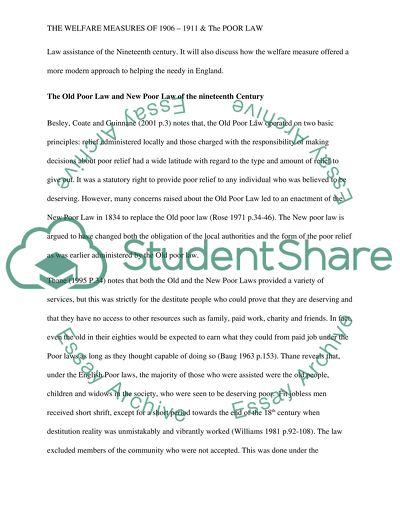Cite this document
(“The Welfare Measures of 1906-1911 & The Poor Law Essay”, n.d.)
The Welfare Measures of 1906-1911 & The Poor Law Essay. Retrieved from https://studentshare.org/health-sciences-medicine/1453938-show-how-the-welfare-measure-of-the-period
The Welfare Measures of 1906-1911 & The Poor Law Essay. Retrieved from https://studentshare.org/health-sciences-medicine/1453938-show-how-the-welfare-measure-of-the-period
(The Welfare Measures of 1906-1911 & The Poor Law Essay)
The Welfare Measures of 1906-1911 & The Poor Law Essay. https://studentshare.org/health-sciences-medicine/1453938-show-how-the-welfare-measure-of-the-period.
The Welfare Measures of 1906-1911 & The Poor Law Essay. https://studentshare.org/health-sciences-medicine/1453938-show-how-the-welfare-measure-of-the-period.
“The Welfare Measures of 1906-1911 & The Poor Law Essay”, n.d. https://studentshare.org/health-sciences-medicine/1453938-show-how-the-welfare-measure-of-the-period.


